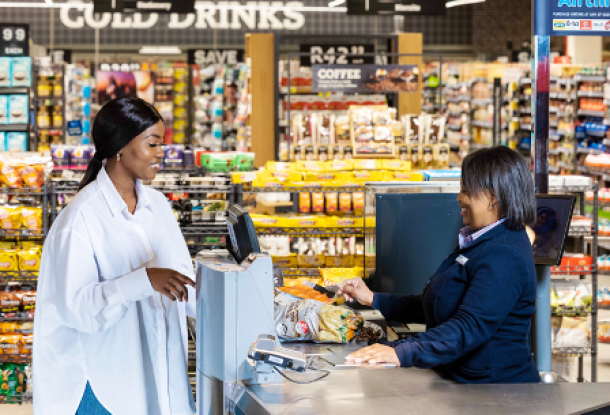The blurring lines between digital and real-world customer experiences
Just five years ago, the worlds of digital commerce and real-world customer service were separated by a massive chasm. Indeed, many organisations thought of them as separate channels rather than as part of an integrated customer experience. That picture is changing fast.
Consumers’ adoption of smartphones, the rise of big data analytics tools, and the emergence of the Internet of Things all mean that the real-world and digital customer experiences are moving closer together. Thanks to smartphones (and in the future, wearable computers, connected car technology, and other devices), marketers can interact with customers wherever they are.
What’s more, they can collect a wealth of contextual data (customer behaviour, location and more) that they can use to shape new customer experiences. Increasingly, companies are not just using this data to optimise online customer experiences, but also those that take place in the real world.
Here are a few ways that we can expect marketers to put data to work this year and beyond:
Digital queuing
A large and growing portion of consumers carry smartphones with them wherever they go – devices that can give marketers a wealth of contextual information they can use to deliver delightful customer experiences. Imagine, for example, putting it to use to streamline workflow in busy branches or stores, while sparing the customer the inconvenience of standing in a long queue.
For example, a consumer could use an app for a fast-food store to order a meal while walking from the mall parking lot. He or she could browse the menu (which might be personalised according to data from earlier interactions with the store), choose an item, and pay. By the time the customer gets to the shop, the order is ready.
Wouldn’t that be a refreshing way to deal with the long popcorn queues at the movies or the wait for a takeaway coffee during a busy lunchtime break? This could help companies shrink queues, improve customer satisfaction, and start reducing the need to manage cash in their businesses. And it gives marketers a wealth of information they can use to offer relevant and more personalised services and messaging to their customers.
Beacons
Beacons – such as Apple’s iBeacon technology – are increasingly becoming a feature in stores around the world. This technology allows a mobile app to recognise when a smartphone is near a small wireless sensor called a beacon. For example, if you walk past a supermarket, the beacon will recognise you and start transmitting promotions, coupons or product recommendations that are relevant to you, based on your purchasing history.
It will track you as you walk through the store, capture the aisles that interest you and track your customer journey right through to the moment of payment. This is a potentially powerful way for companies to deliver personalised specials and messages to consumers as they move through the store. It can also help companies to adapt their store layouts according to real customer behaviour.
Virtual reality and augmented reality marketing
Virtual reality (VR) is going to be big news this year with HTC, Sony PlayStation, Samsung and the Facebook-owned Oculus Rift having launched, or planning to launch, VR headsets in 2016. Google, for its part, has already hacked together a simple VR solution made from little more than a box and an Android smartphone.
VR allows one to immerse oneself in a 3D world, with a sensation of “presence”. For example, you could wander through a virtual recreation of the Louvre in Paris to browse its great art works. In addition to its potential for education or virtual tourism, VR is likely to have significant gaming and entertainment applications.
There will be many great advertising and marketing opportunities in VR. For example, while someone is immersed in a VR application, marketers will be able to talk to him or her through signage or branded items in the virtual world. Or a user could do a VR tour of potential hotels before making his or her holiday bookings.
This technology is expensive and immature, but full of exciting potential. In the meanwhile, augmented reality offers some interesting ways to extend a customer’s real-world experiences by overlaying computer-generated content over a live image viewed through a digital camera.
Imagine a shopper looking at a product in a store window through a digital camera and seeing an overlay of the features and benefits. Or consider someone walking down the promenade in Greenpoint, Cape Town, and seeing an augmented reality map of the best places to shop and dine layer onto his or her smartphone screen.
Social rewards
Another trend I expect to see start unfolding soon is a shift towards social rewards programmes, which take advantage of customers’ natural sociability. They’ll reward customers for using their social influence to the brand’s advantage, for example, by sharing their location or a recent purchase with their friends.
Such programmes could cause a resurgence for mobile apps. Most corporate apps failed to set the world on fire because marketers struggled to monetise them and get the sort of engagement they wanted with consumers. Now, social media offers an opportunity to create a community around the brand and to reward them.
Apps will be integrated with social media at a deep level. Customers will, for example, be able to easily share purchases, location, and other data with their friends, and be rewarded with points, coupons, or other incentives for doing so.
As the examples above show, digital customer experiences are no longer confined only to the PC or the smartphone – they’re a pervasive part of the experiences customers have at every touchpoint. Leveraging digital data to create better, more personal and more complete customer experiences across every channel is an opportunity that marketers cannot afford to ignore.
As CEO of 25AM, Andre Steenekamp leads the company's expansion in South Africa's fast-growing digital marketing and advertising space. His 25-year career has seen him work in a range of sales, marketing and management positions for leading traditional and digital publishers and agencies.
Steenekamp was appointed to his current role following the acquisition of a 50%-stake in Acceleration Media (now 25AM) by Times Media Limited. He was previously the chief operating officer for Amorphous, having joined the company in 2007.
News Category
- International retailers
- On the move
- Awards and achievements
- Legislation
- Wine and liquor
- Africa
- Going green
- Supplier news
- Research tools
- Retailer trading results
- Supply chain
- Innovation and technology
- Economic factors
- Crime and security
- Store Openings
- Marketing and Promotions
- Social Responsibility
- Brand Press Office
Related Articles
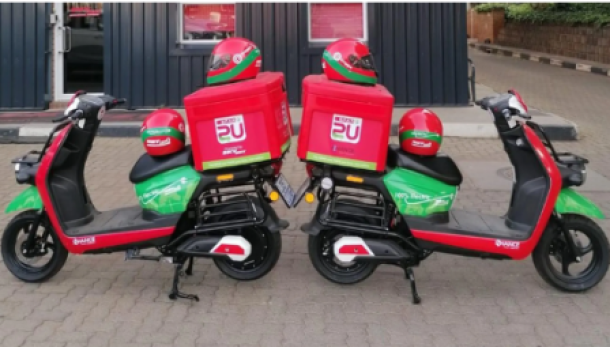
Two local businesses see a gap as food and groc...
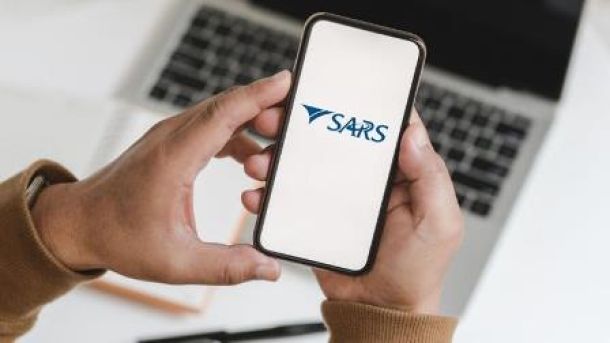
SARS launches WhatsApp channel to help check ta...
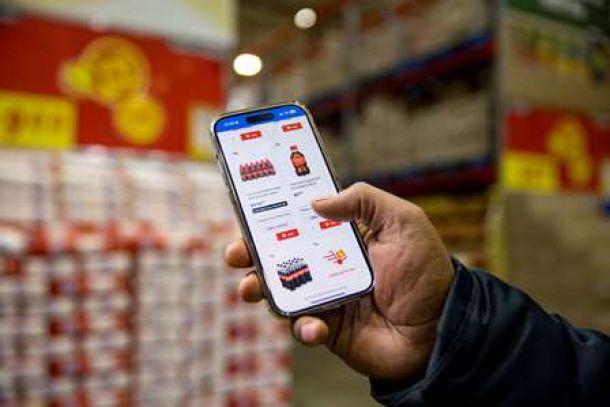
Shoprite launches online shopping and bulk deli...
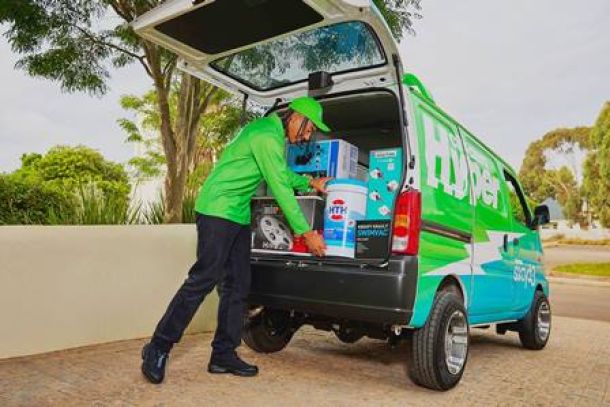
Sixty60 promises lightning-fast delivery of 10 ...
